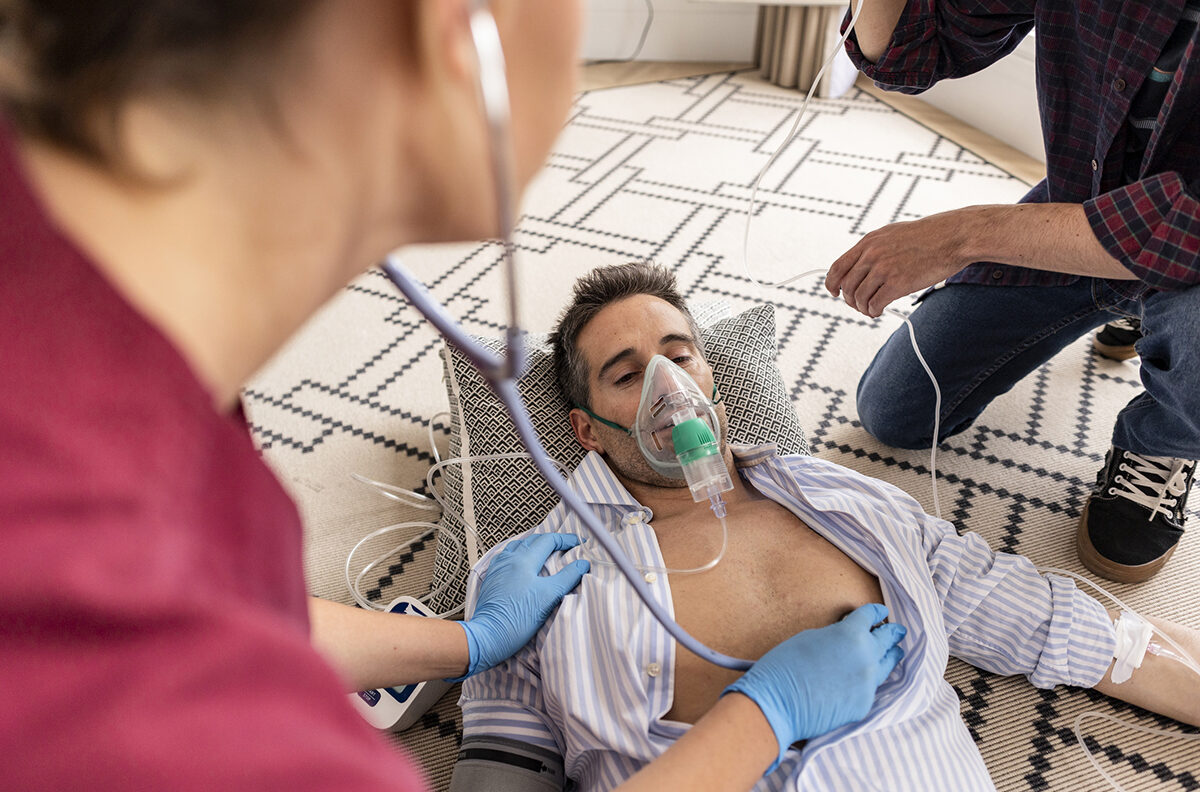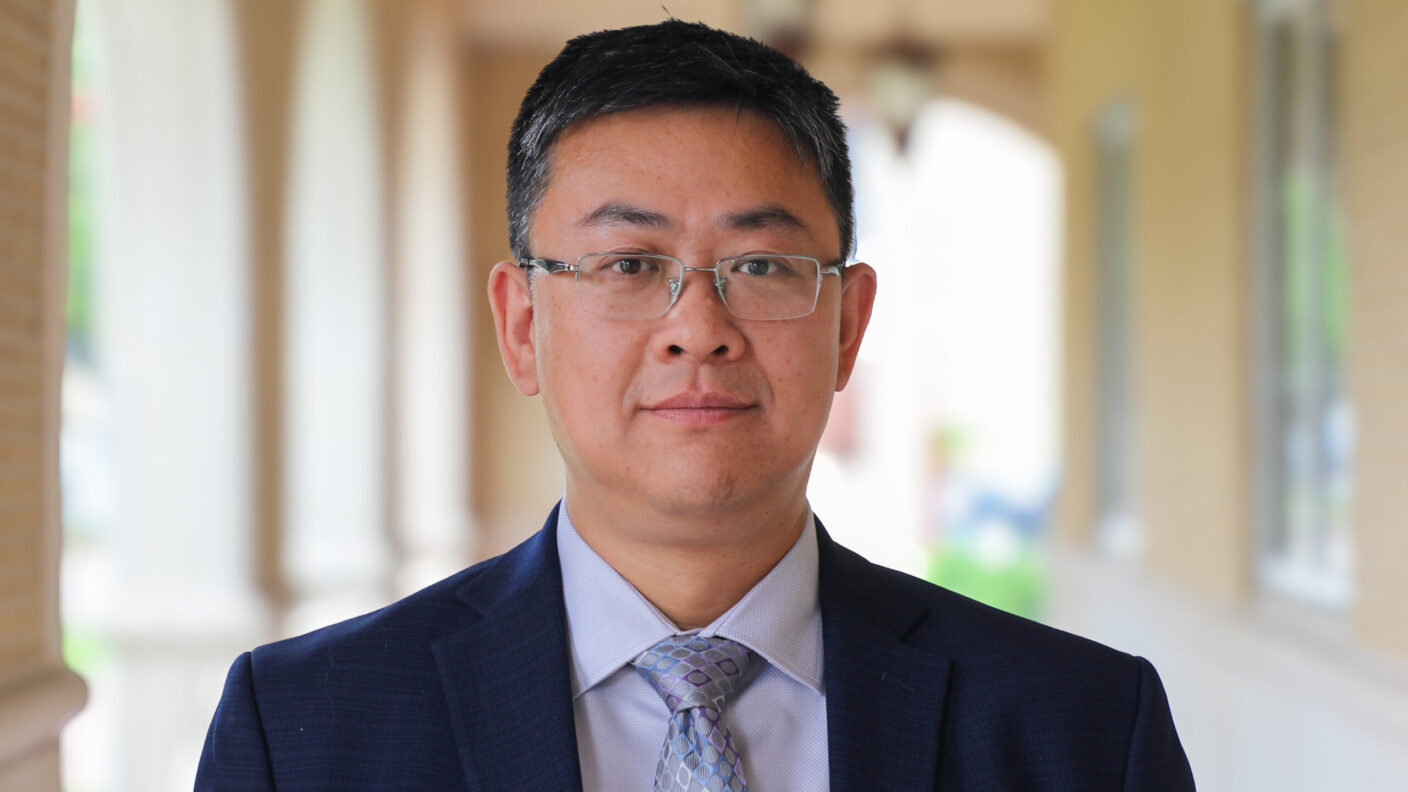Healing the heart after a heart attack
Texas A&M researchers have developed a patch to repair damaged tissue and promote the growth of new cells.

A patch developed at Texas A&M University uses a molecule known to help regulate the immune system to create a healing environment for damaged tissue following a heart attack.
A new patch developed by Texas A&M University researcher Dr. Ke Huang may offer a way to help the heart heal after a heart attack. The patch uses a unique microneedle system to deliver a therapeutic molecule directly to damaged heart tissue, promoting repair and improving heart function without affecting the rest of the body.
Each tiny needle in this biodegradable patch contains microscopic particles loaded with interleukin-4 (IL-4), a molecule known to help regulate the immune system. When applied to the surface of the heart, the needles dissolve and release IL-4 directly into the injured area, creating a healing-friendly environment.

Assistant Professor of Pharmaceutical Sciences Dr. Ke Huang
Huang and team published their findings in Cell Biomaterials, supported by the National Institutes of Health and the American Heart Association.
“This patch acts like a bridge,” said Huang, assistant professor in the Department of Pharmaceutical Sciences. “The microneedles penetrate the outer layer of the heart and allow the drug to reach the damaged muscle underneath, which is normally very hard to access.”
After a heart attack, the heart muscle loses oxygen and nutrients, causing cells to die. The body responds by forming scar tissue, which helps stabilize the heart but cannot contract like healthy muscle. Over time, the remaining heart muscle has to work harder to compensate, often leading to heart failure.
Huang’s patch aims to interrupt that cycle. By delivering IL-4 directly to the site of injury, the patch encourages immune cells called “macrophages” to switch from a pro-inflammatory state to a healing state. This shift helps reduce scar formation and promotes the final prognosis.
“Macrophages are the key,” Huang explained. “They can either make inflammation worse or help the heart heal. IL-4 helps turn them into helpers.”
Previous attempts to use IL-4 for heart repair involved injecting it into the bloodstream, but that approach caused unwanted side effects in other organs. Huang’s patch solves that problem by keeping the treatment local.
“Systemic delivery affects the whole body,” he said. “We wanted to target just the heart.”
One of the most surprising findings was a change in the “state” of heart muscle cells after treatment. Huang said the cells became more communicative and responsive to signals from surrounding tissues, especially endothelial cells, which line blood vessels. This enhanced communication may be key to long-term healing. “The cardiomyocytes weren’t just surviving, they were interacting with other cells in ways that support recovery,” he said.
The patch also quieted inflammatory signals from endothelial cells, which can otherwise worsen damage after a heart attack. Huang’s team observed increased signaling through a pathway called NPR1, which helps maintain blood vessel health and supports heart function.
While the current version of the patch requires open-chest surgery, Huang hopes to develop a minimally invasive delivery method in the future. He envisions a version that could be inserted through a small tube, making it more practical for clinical use.
“This is just the beginning,” he said. “We’ve proven the concept. Now we want to optimize the design and delivery.”
Huang is collaborating with Xiaoqing (Jade) Wang, assistant professor of statistics in the College of Arts and Sciences, to develop an AI model aimed at mapping immune responses and guiding future immunomodulatory therapeutic delivery.
